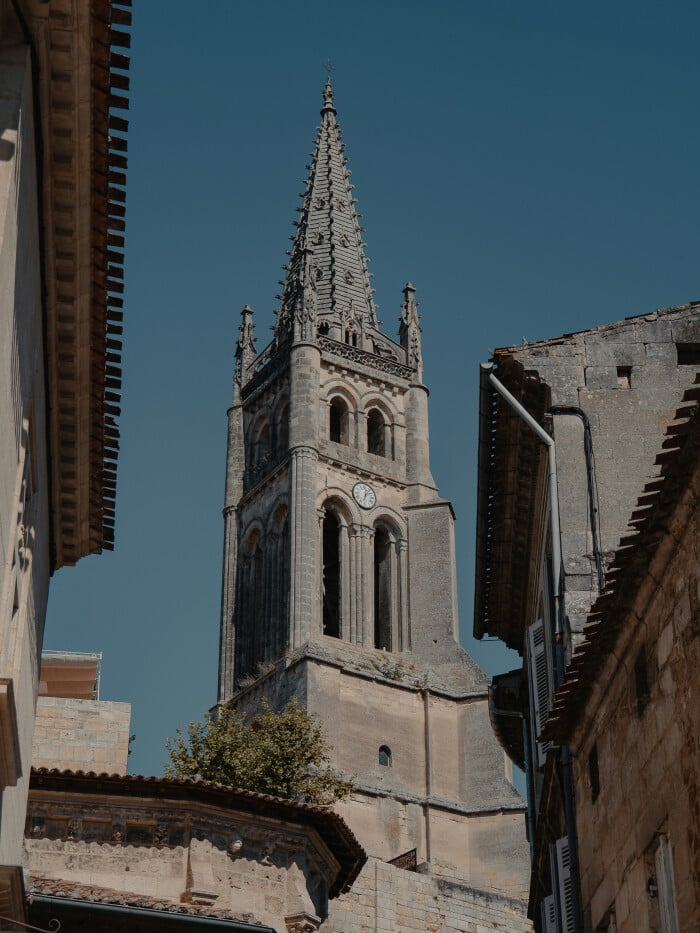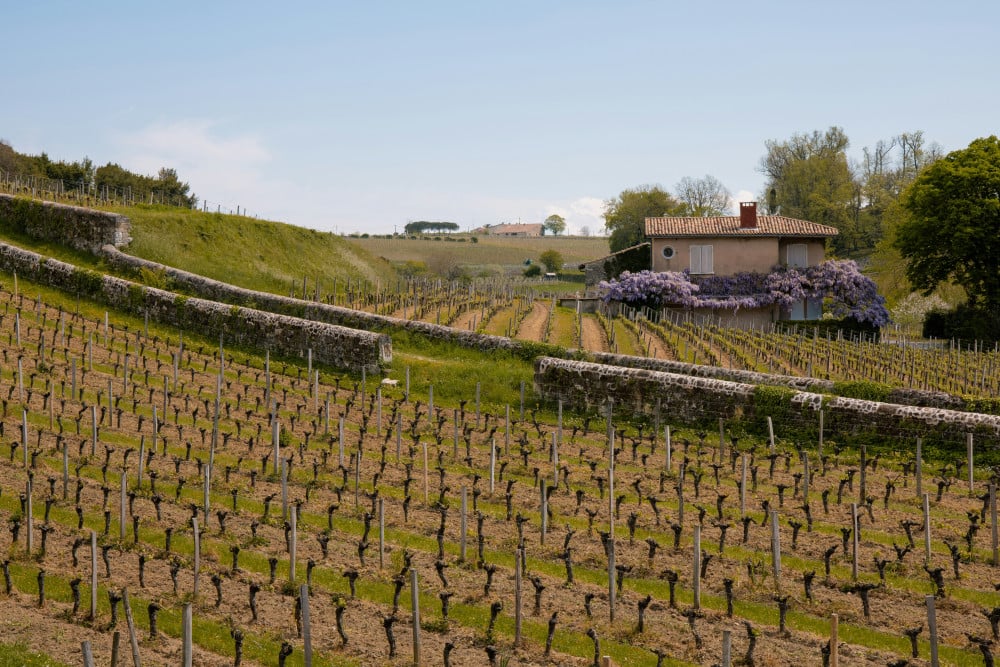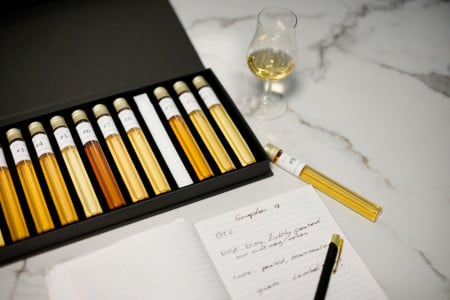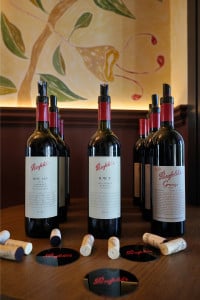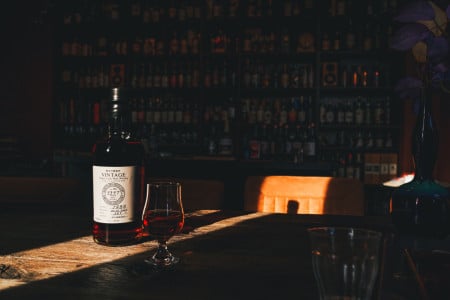The Bordeaux appellation Saint-Emilion, with its own classification, has actually achieved a great success. The qualities and reputation of the individual châteaux are immediately apparent thanks to it. And not only that! With the difference between Premier Grand Cru Classé A and B, it is the most detailed and precise classification in the world. That is very impressive. Nevertheless, the classification's reputation has suffered somewhat in the past two decades due to one or two scandals.
Legendary châteaux such as Ausone and Cheval Blanc, for example, have now deliberately stopped being classified. And then there was the brief furore surrounding Château Angélus. But to put all this into perspective, let's start at the beginning. The fact that Saint-Émilion has such a sophisticated classification system is certainly not a matter of course.


